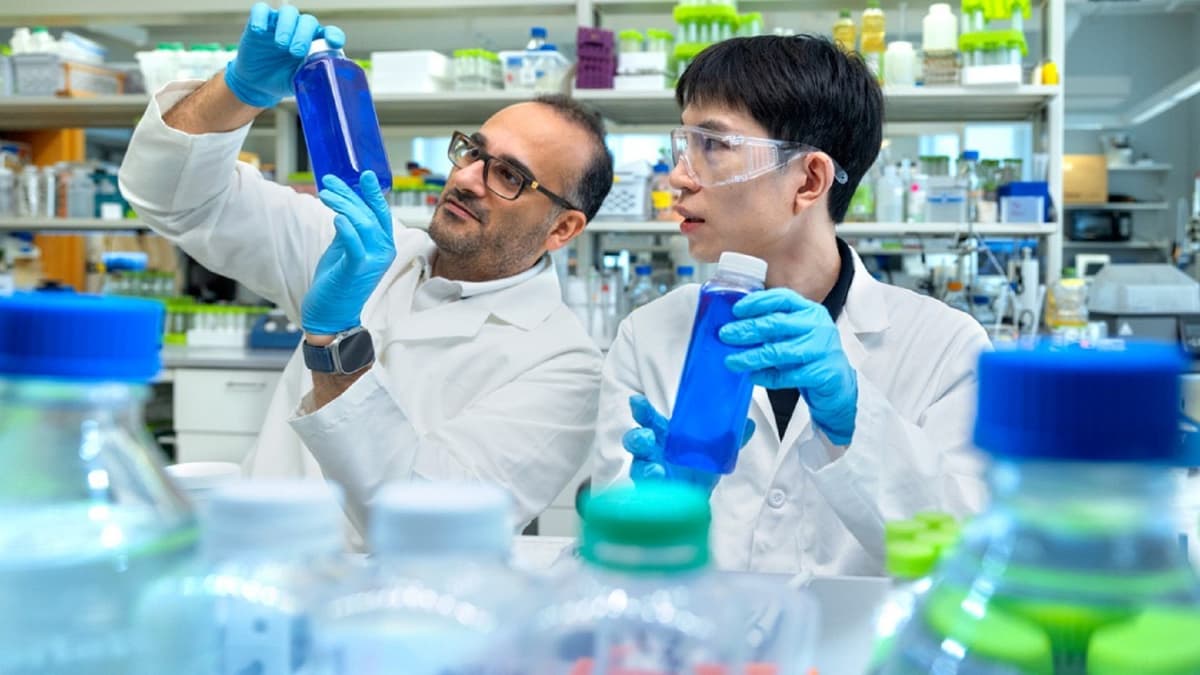Blue is the rarest color in the natural food world. Nature has no shortage of reds, yellows, and greens—but a true, stable blue has always been a unicorn. Even the blue of the sky or a butterfly’s wings isn’t pigment at all, but a trick of light. That scarcity has kept food companies chained to synthetic colorants like Blue No. 1 and Blue No. 2—petroleum-based stand-ins with mounting regulatory targets on their backs.
Now, a team at Cornell University believes they’ve cracked the code. Using phycocyanin, the electric-hued protein that makes spirulina famous, they’ve engineered a stable, vibrant, natural blue dye that can survive the rigors of commercial food production. And they didn’t stop at color—this new form of phycocyanin can also act as an emulsifier and antioxidant, giving it a multifunctional edge synthetic dyes can’t touch.
Continue reading… “The Quest for True Blue: How Algae Just Crushed One of Food Science’s Toughest Challenges”












